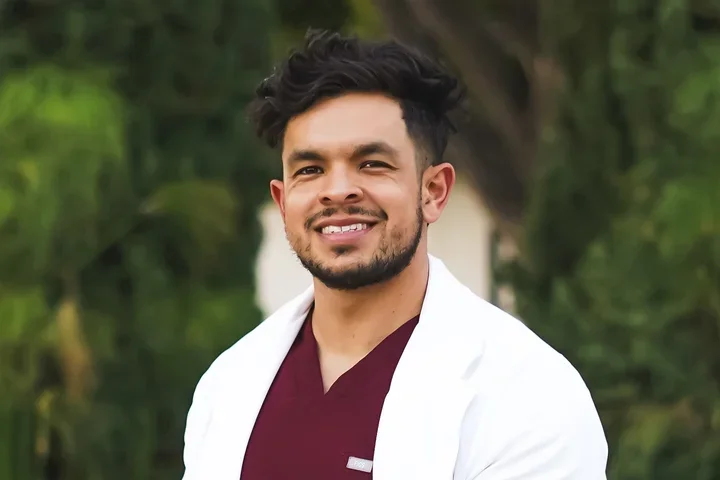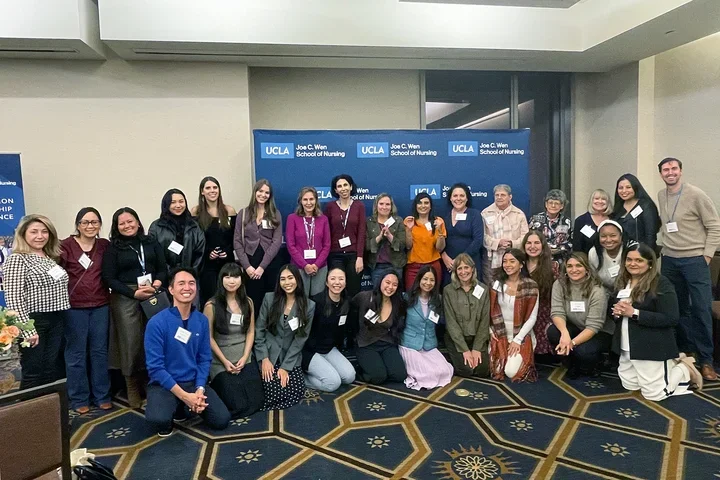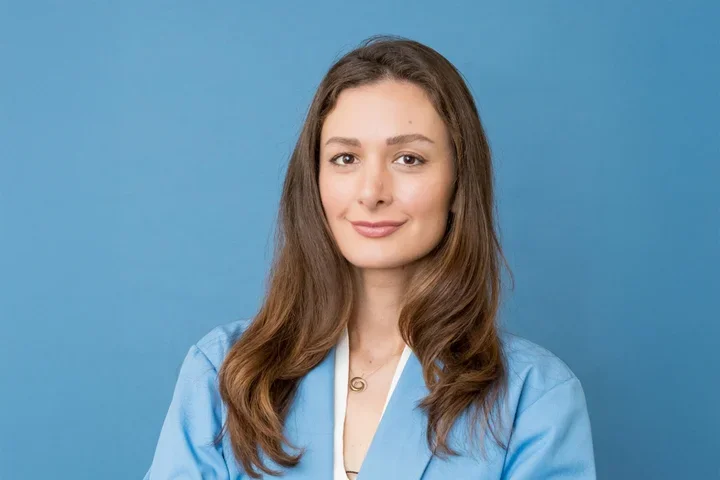Collaboration allows School of Nursing to receive supplies that would otherwise be discarded
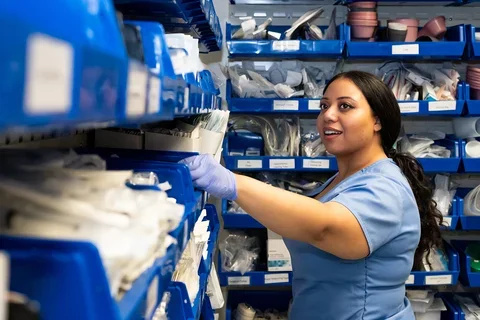
Before they can provide care to actual patients, nursing students need to learn and hone their skills. One way they accomplish this is at the School of Nursing Skills and Simulation Lab. There, they practice on sophisticated equipment including high tech simulators that feature variable heartbeats, pulses, and other life-like characteristics. Students administer oxygen, insert IVs, listen to lung sounds, and explain what they’re doing as if to an actual patient.
This hands-on practice requires medical supplies ranging from gloves and dressings to catheters and drains, posing an expense and a potential drain on supplies needed for actual patients.
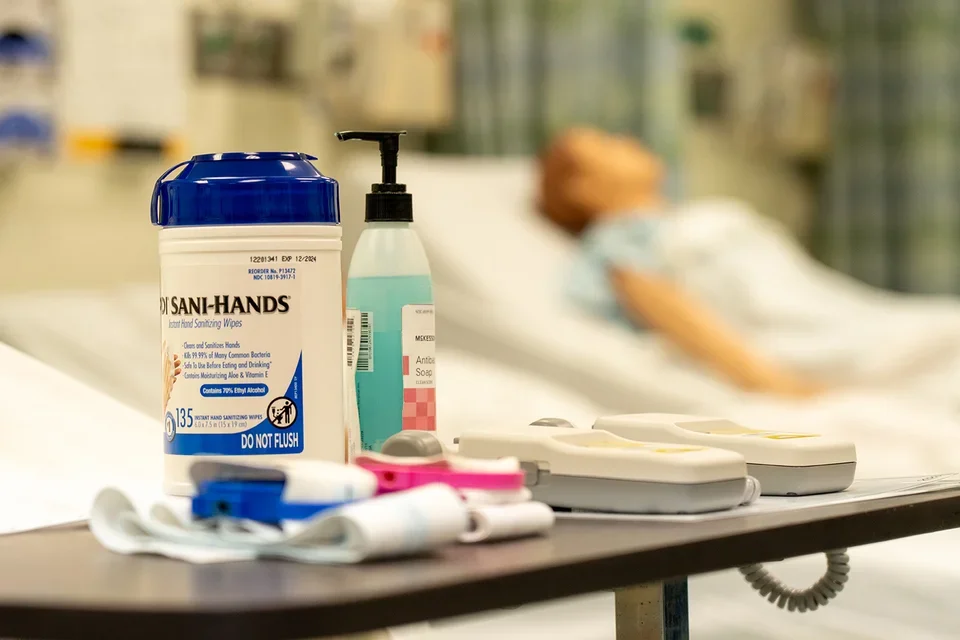
Thanks to a collaboration with the Medical Aid Initiative (MAI), the Skills and Simulation Lab is using many supplies that are no longer usable or needed by UCLA hospitals and clinics. UCLA undergraduate students interested in both medicine and sustainability formed the MAI in 2018 to collect unused medical equipment and supplies and distribute them to other entities. “These items would otherwise be unused or thrown away,” says Ginny Ghang, MAI President. She explained the organization partners with UCLA Health Materials Management to collect and process these resources.
The School of Nursing received its first order in October of 2022 and is still working through those supplies. Items received include gloves, syringes, catheter trays, different types of cannulas (tubes for insertion into the body), and stethoscopes. The materials saved the School of Nursing around $1800. Some items may have passed their expiration date, making them unusable on people but perfectly suitable for simulations. Putting them to use avoids sending them to landfill.
MAI maintains a web page listing available items and enabling entities to request items, which generally must be approved by UCLA Health. Materials collected thanks to MAI have been sent to Lebanon following the explosion in Beruit; international organizations such as Ethiopia Health Aid and Haiti Healthy Kids; local service organizations such as the Union Rescue Mission; and UCLA programs such as Bruin Shelter and ECHO (Enriching Community Health Outreach.)
MAI Vice President Thalia Nguyen explains that the approximately 50 student members take shifts to package supplies and verify inventories stored at the warehouse in the UCLA Michigan Operations Center in Santa Monica. MIA committees address aspects including donations, finances, and recruitment. A new committee will visit the medical center to help design systems that make collecting items easier for hospital personnel.
